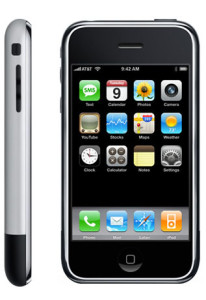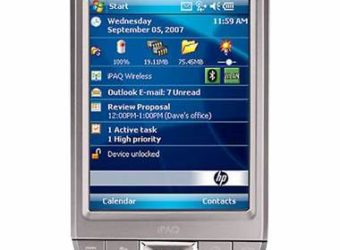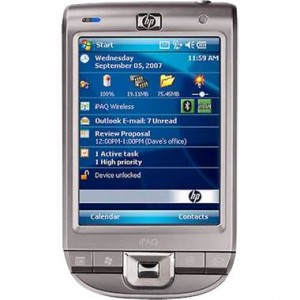June 29, 2000: The ASCI White
Subscribe! Spotify | RSS | More
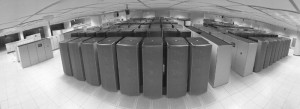
2000 – IBM unveiled the ASCI White – their fastest computer yet. This supercomputer was based on IBM’s commercial RS/6000 SP computer. 512 computers were connected to make this supercomputer. over 8 million processors, 5 Terabytes of memory and 160 TB of disk storage.
The computer was completed on this day in New York, and would go on-line on August 15, 2001 at the Lawrence Livermore National Laboratory in California.
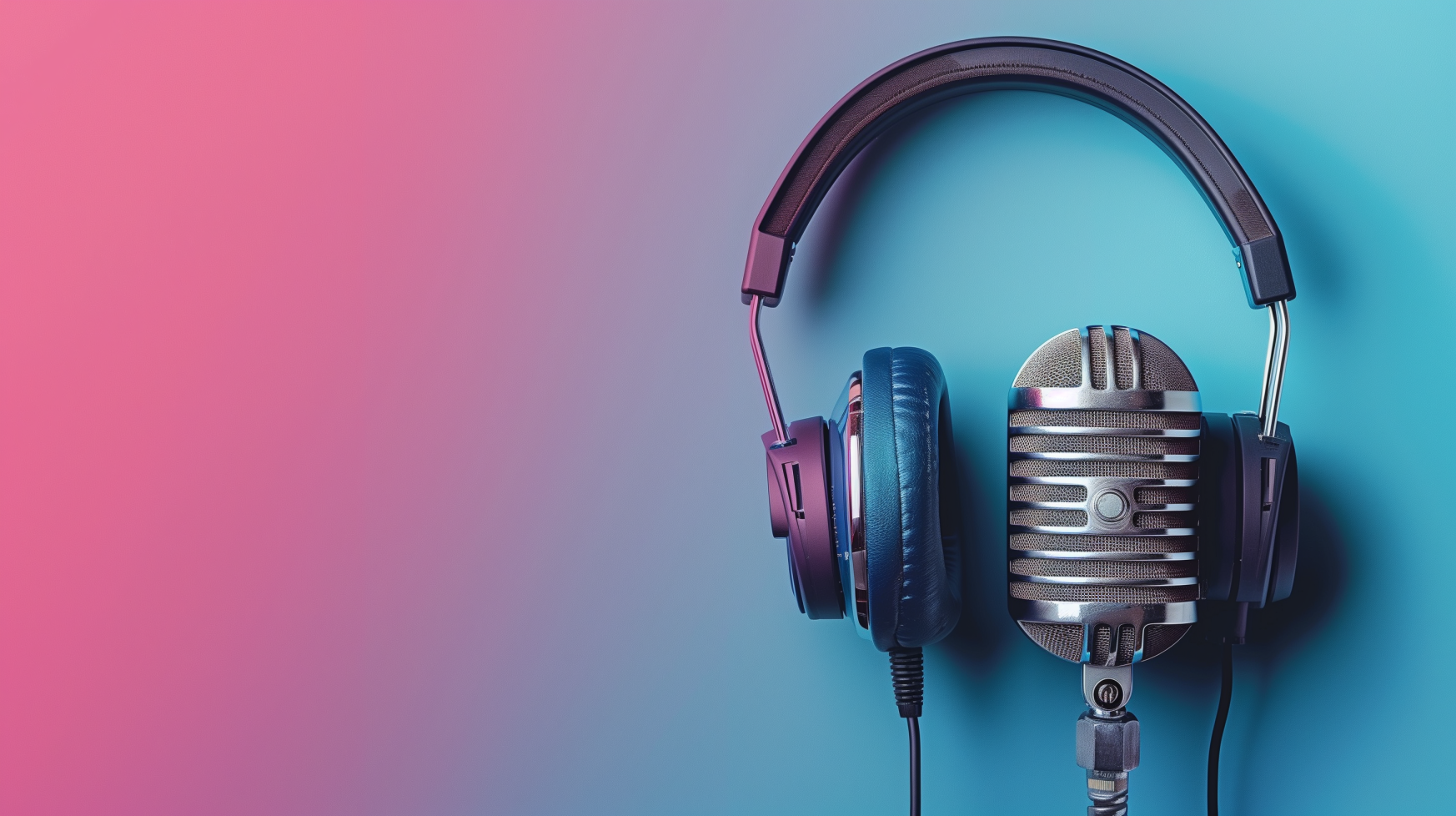
Subscribe to Day In Tech History:
RSS Feed - iTunes - Android - Spotify - iHeartRadio
Facebook -
- RSS Bandwidth by Cachefly Get a 14 Day Trial
- Join me on Patreon and support Day in Tech History
- Compuserve acquires TheSource, a major competitor
- Gigabit Ethernet standard is set
- Max Butler pleads guilty to stealing 2 million credit cards
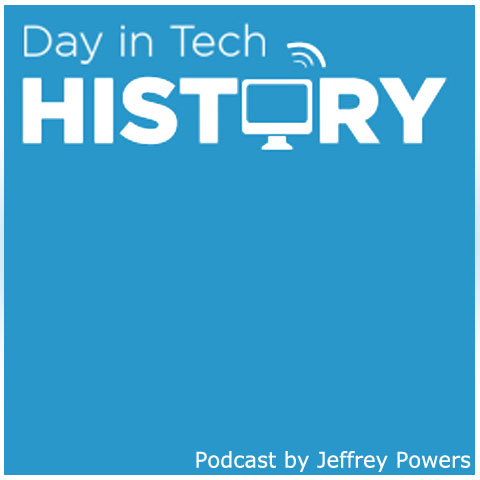
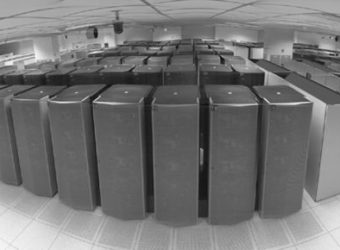

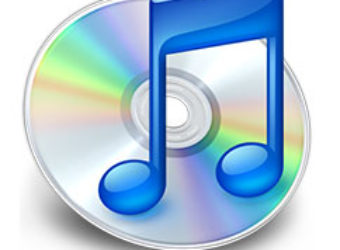
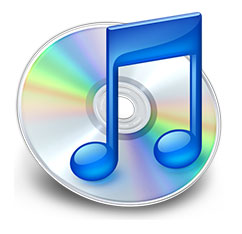

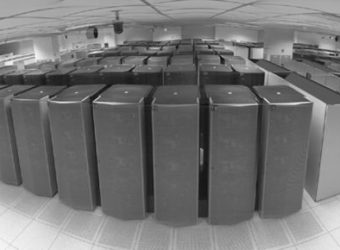
![iPhone-1st-gen[1] iPhone 1st Gen](https://dayintechhistory.com/wp-content/uploads/2013/06/iPhone-1st-gen1-340x250.jpg)
